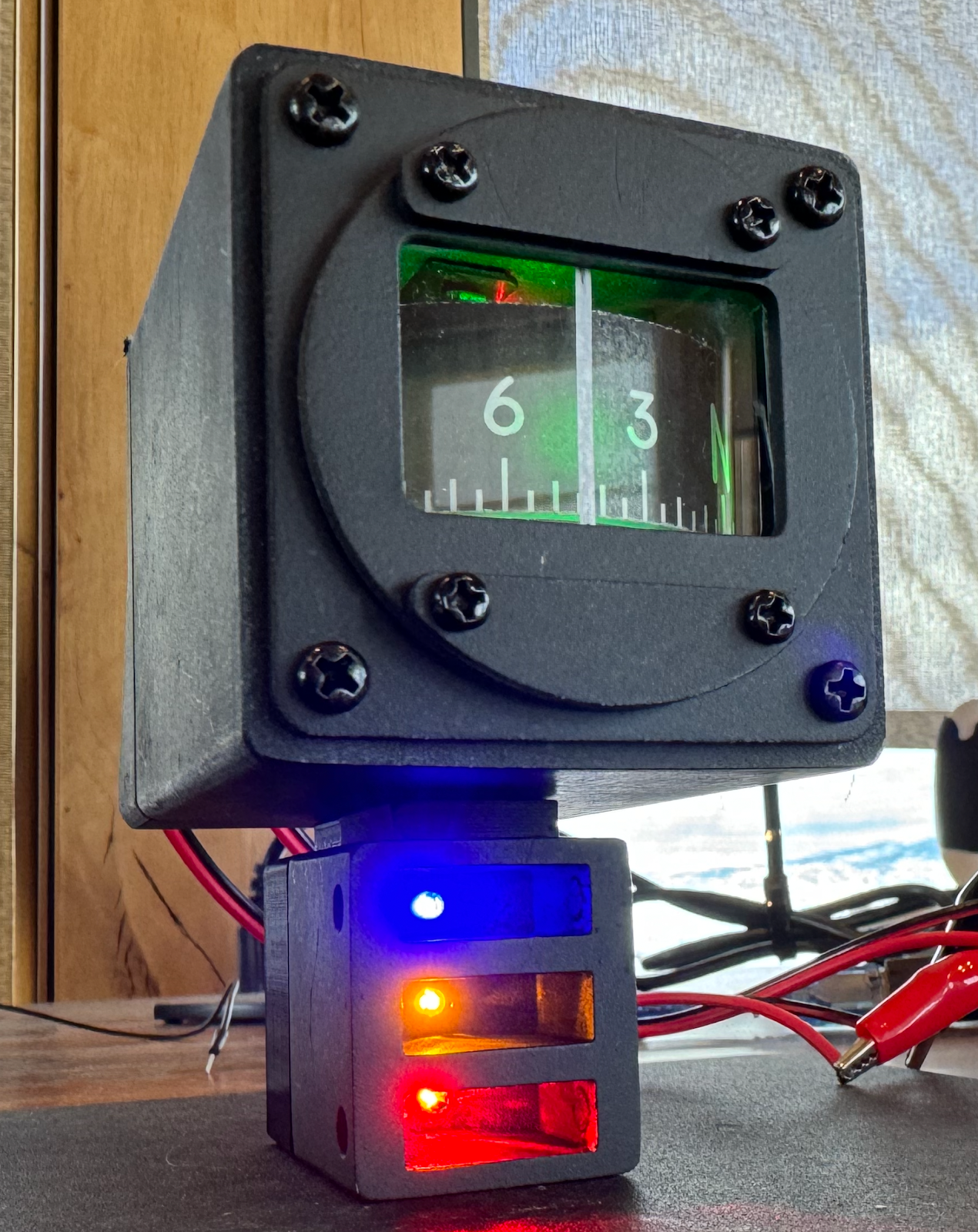Oil change #2
Talked to our local aviation mechanic (Kevin) recently and he suggested an early oil change since we didn't clean the oil screen last time. So at about 30 hours of tach time John and I went back out to the airport to remove the cowling and get started. Armed with the proper knowledge of how to clean the screen we drained the old oil (which went much faster this time since John had just flown over to PHF and back) and clipped off the safety wire from the oil screen nut.
We backed out the nut and, with it, the tubular metal screen. A decent bit of oil came out as well, causing us to scramble to wipe it all up quickly. I took the small assembly over to Kevin so we could look at it together. The main goal is to make sure there are no metal pieces in the screen as that could indicate the engine is starting to eat itself. Kevin pulled the screen off the nut (it was just sitting loose in the nut) and started picking at it with his fingers. He found a bit of latex (how'd THAT get in there?) and some carbon flakes. The carbon was easy to identify because it is brittle and crumbles in your hand with a press of your fingernail. He cleared it out through some mineral spirits and gave it a clean bill of health. I cleaned the inside of the nut out with a oil rag to clear the carbon in there.

He mentioned that I should be careful when putting in back in. If it doesn't track straight the nut can tighten down on it wrong and bend it. If there was any resistance when tightening it down I should start over. I also learned that the screen can go in either way - there is not a particular side that goes against the nut.
I took it back, along with Kevin's pair of safety wire twisting pliers, and re-installed it. John put the new safety wire on the nut, showing me how that process works - pretty easy once you see someone do it. We closed everything up and added 6 quarts of new oil.
35388 cranked right up and gave us good oil pressures with no spraying of oil inside the cowling - nice.
Next change I plan to send a sample off for an oil analysis (thanks to the earlier tip from John).
We backed out the nut and, with it, the tubular metal screen. A decent bit of oil came out as well, causing us to scramble to wipe it all up quickly. I took the small assembly over to Kevin so we could look at it together. The main goal is to make sure there are no metal pieces in the screen as that could indicate the engine is starting to eat itself. Kevin pulled the screen off the nut (it was just sitting loose in the nut) and started picking at it with his fingers. He found a bit of latex (how'd THAT get in there?) and some carbon flakes. The carbon was easy to identify because it is brittle and crumbles in your hand with a press of your fingernail. He cleared it out through some mineral spirits and gave it a clean bill of health. I cleaned the inside of the nut out with a oil rag to clear the carbon in there.
He mentioned that I should be careful when putting in back in. If it doesn't track straight the nut can tighten down on it wrong and bend it. If there was any resistance when tightening it down I should start over. I also learned that the screen can go in either way - there is not a particular side that goes against the nut.
I took it back, along with Kevin's pair of safety wire twisting pliers, and re-installed it. John put the new safety wire on the nut, showing me how that process works - pretty easy once you see someone do it. We closed everything up and added 6 quarts of new oil.
35388 cranked right up and gave us good oil pressures with no spraying of oil inside the cowling - nice.
Next change I plan to send a sample off for an oil analysis (thanks to the earlier tip from John).


Comments